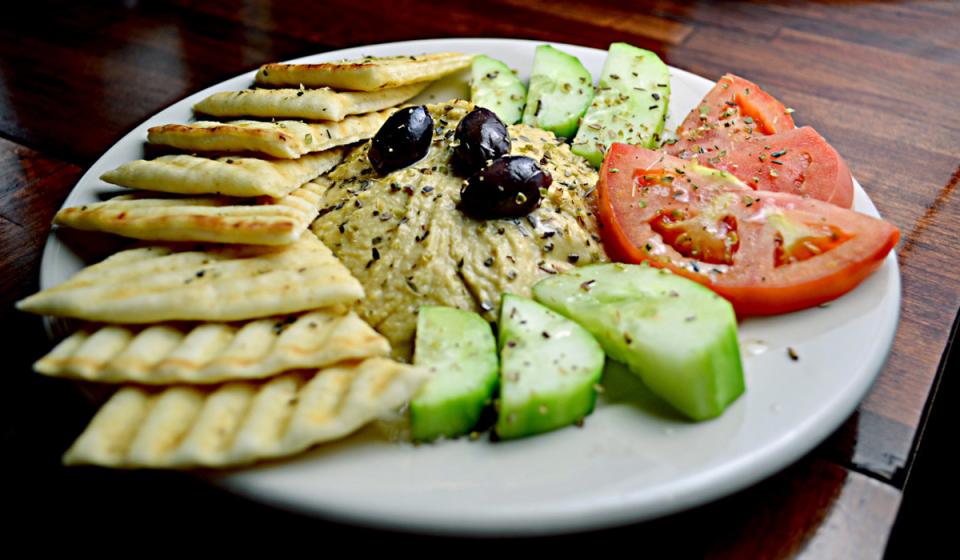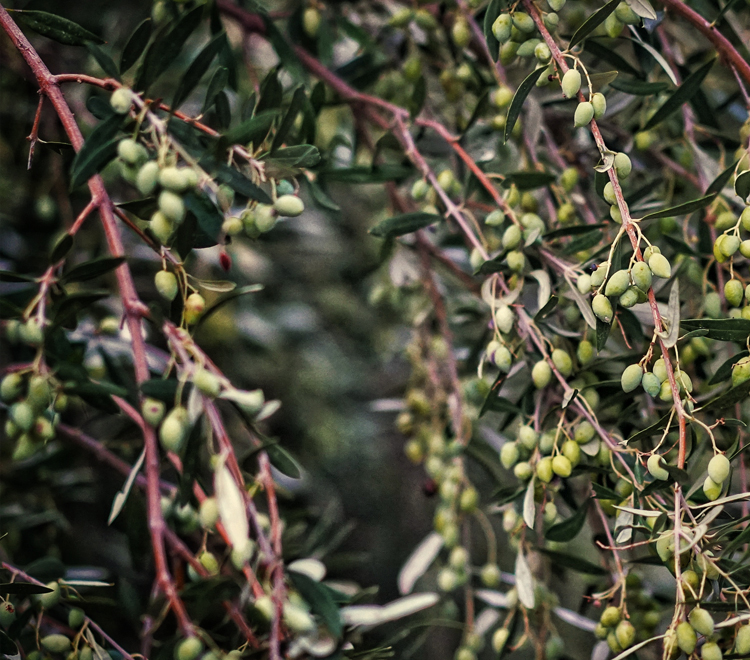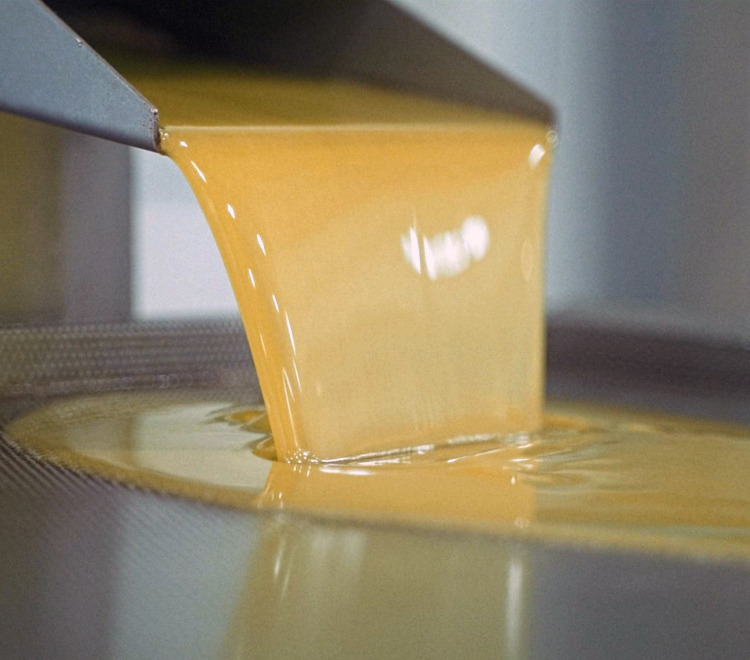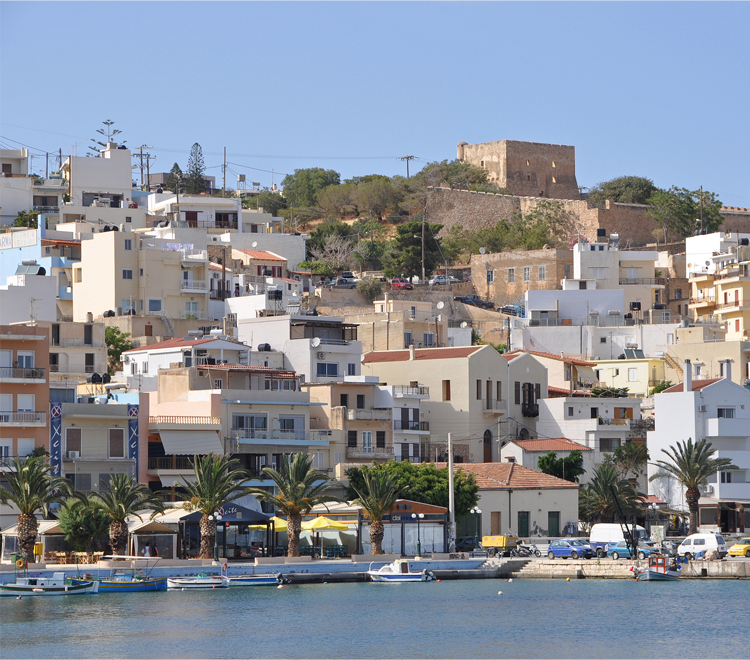The objective of our Living Lab is to identify effective methods and solutions that can be implemented locally to ensure the long-term sustainability of Sitia olive oil. As a product that has been given Protected Designation of Origin status, it is an essential component of the local Mediterranean diet and a crucial contributor to the region's economy. However, the olive oil industry is facing several challenges, such as climate change,environmental degradation (including pests), economic factors, rising energy cost, and rural depopulation. During the implementation of the project, the local community will be engaged in assessing potential interventions to support sustainable olive oil production. These interventions include, but are not limited to: i) improving the quality of cultivation, reducing its environmental impact and preserving the rich endogenous biodiversity, by using biological practices and minimizing the use of chemicals, pesticides and fertilizers; ii) reducing energy costs and promoting new farming methods that are carbon neutral; iii) assessing the impact of climate change, given that the region has been identified as a “climate Hot Spot” by the Intergovernmental Panel on Climate Change (IPCC); iv) analyzing the role of local cooperatives and food culture; and v) establishing strong partnerships to promote olive oil and the Cretan diet at a European level.
Video in Greek with English subtitles
Who we would like to support
Sitia Olive Oil production, a product of Protected Designation of Origin with unique characteristics of the koroneiki variety, relies heavily on the expertise and knowledge of local producers and farmers. The cultivation of olive trees has been a part of the local culture since the Minoan Era (aprox 2000 BC), and this knowledge has been passed down from generation to generation. The farmers' experience, combined with present-day technology and guidance from agronomists, hs led to the creation of the world-renowned Sitia Olive Oil brand.
Cooperatives and olive oil mills have modern facilities that allow for continuous monitoring of the olive oil production process, contributing to the production of high-quality olive oil.
Packers invest in appropriate facilities for bottling and packaging olive oil to maintain the unique Sitia Brand characteristics and high quality. However, product promotion presents a challenge, due to present-day commerce difficulties, which involvemanagement, promotion and logistics.
Local Food Challenges
Have you ever wondered why olive oil is so popular among consumers? As a key component of the Mediterranean Diet, olive oil is not only considered a superfood with important nutrients but also linked to several health benefits, including the prevention of diabetes and heart problems. However, climate change and other challenges have put pressure on local olive oil production, and through initiatives like FEAST Sitia, the aim is to maintain the traditional local diet and address challenges faced by local agriculture groups in producing and promoting high-quality olive oil.
Living Lab Activities
Living Lab Actions involve establishing continuous contact and collaboration with local producers (farmers and agronomists), cooperatives, and olive oil packers, to identify principles for high-quality olive oil production, and address present challenges, such as the climate crisis and rising production costs.
Targeted interviews using semi-structured questionnaires aim to understand key challenges that may result in reduced production yields due to depopulation, rising costs, and climate and environmental impacts.
- READ FULL TEXT
Focus group discussions aim to explore methods for managing water/drought and eliminating chemical insecticides at the field scale, which couldalsoprovide pest management solutions.
On site visits and interviews aim to assess the impact of climate change and droughts, energy costs, highly volatile prices, and to identify localised solutions for zero footprint factories. Discussions will also cover the social role of cooperatives in rural life.
During on-site visits and interviews the Living Lab team will also explore branding and maintaining high-quality olive oil products, promoting their nutrient value and health benefits, and identifying ways to achieve zero-footprint factories.
A workshop at the municipality will summarise key findings and identify local measures based on the above actions.
Get to know the region
Located in the eastern part of the island of Crete, Sitia is a place steeped in legend, with local tales suggesting it is the homeland of Eteokrites (Ετεοκρήτες), the native islanders. . The Minoan Palaces of Zakros (40 km south east of Sitia) and Petra (2 km east of Sitia), were considered the main commerce ports, connecting Crete with Egypt and the Middle East.
During the Hellenistic era, which spanned from around 340 BC to 30 BC, the Sitia District was home to two city-states: Praissos (Πραισός) and Itanos (Ἴτανος). Praissos, situated 18 km south of Sitia, was an agricultural and artistic region that boasted a variety of beautiful artifacts, many of which are now on display at museums in Sitia and Heraklion. Its port, Tripitos (Τρίπητος), located 3 km east of Sitia, was also equipped with shipbuilding facilities. However, Praissos was eventually destroyed by the city-state of Ierapitna (Ἱεράπυτνα).
- READ FULL TEXT
On the other hand, Itanos, located 25 km east of Sitia near the palm-tree forest of Vai, was one of the most powerful provinces in the region. It ruled over the island of Koufonissi (Κουφονήσι), which was known for its production of porfyra (πορφύρα), a purple-red color dye that was derived from a type of seashell or conch. Thousands of visitors flocked to the temple of Zeus, which was a major attraction in the area. Itanos' main rival was Ierapitna (Ἱεράπυτνα), which invaded Itanos in an attempt to claim its wealth and power. However, with the assistance of the state of Egypt, Itanos was able to prevail. The conflict was later settled by the Romans, who sought to interfere with the Hellenic states, through the "Magniton" arbitration, which was overseen by the Roman Senate.
The conflict was later settled by the Romans through the "Magniton" arbitration, which was overseen by a council of Elders from the district of Magnisia (Μαγνησία), in Minor Asia.The council's judgment was that Ierapitna had no claim to Itanos' land. During the 9th century AD, Itanos was abandoned and given the name Erimoupoli (Ερημούπολη), which means "abandoned city" in Greek. Not much is known about Itanos during the Byzantine period, but there are several monasteries and churches from that era, and several settlement names are from that time, such as Handras (Χανδράς) in Greek.
The Venetians arrived on the island in 1218 and constructed fortifications to protect the land, beginning the long Venetian period. Sitia was the capital of the eastern province of Venetian Crete. Within the province, smaller domains were organized and assigned to Venetian Lords. Vizenzos Kornaros (Βιτσέντζος Κορνάρος), born in Sitia, wrote a wonderful poem called Erotokritos (Ερωτόκριτος) about the love of Erotokritos, a young warrior of the Athenian kingdom, and Arethusa, the noble daughter of the king of Athens. He wrote the poem in his mother tongue, Cretan dialect.
Today, Venetian fortifications can be seen in Sitia within the town's Kazarma fortress (Καζάρμα) and the Venetian villages of Voila (Βόϊλα) and Etia (Ετια). With the rise of the powerful Ottoman Empire, the Venetian guard of Sitia decided to destroy all of the city and its fortifications in the year 1651.
The Ottoman Empire rebuilt the town of Sitia in 1870, giving it the name Avnie, but locals called the town Limani (λιμάνι), which means "port" in Greek. After the Cretan revolution in 1897, Crete became an independent state and joined Greece in 1913.
East Crete is known for its music, unique cuisine and hospitality.
Sitia Municipality
Pavlos- Alexandros Kapetanakis
www.sitia.gr



